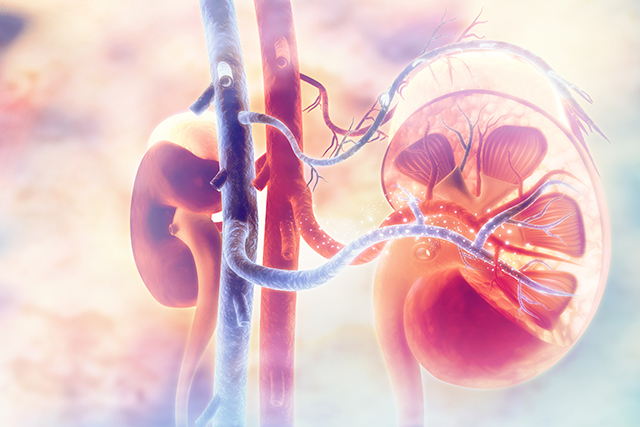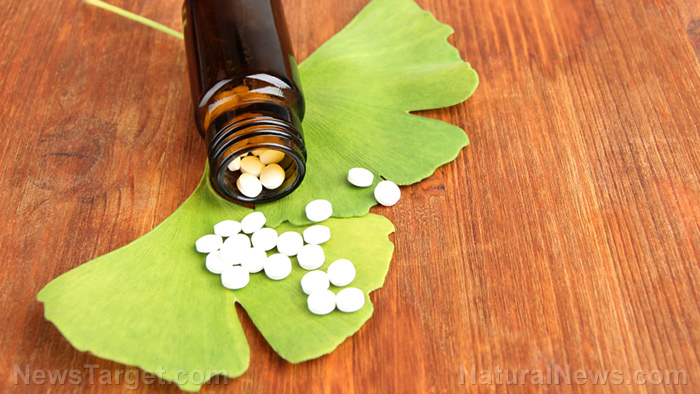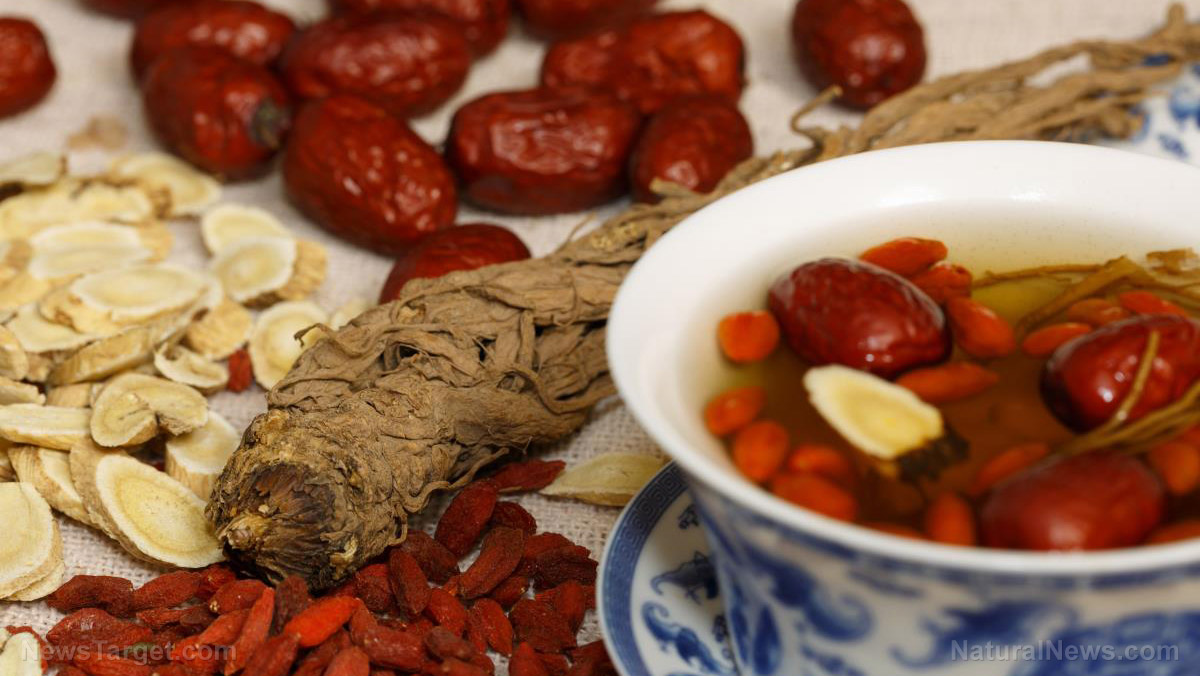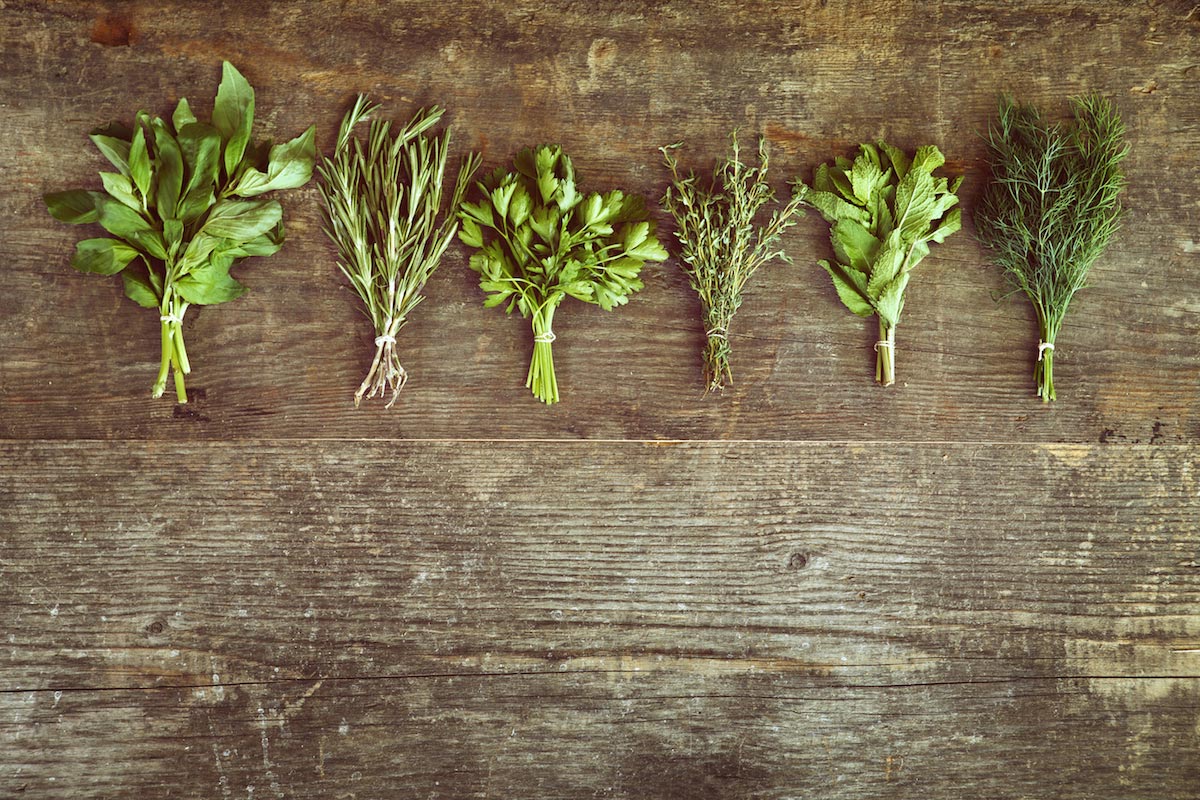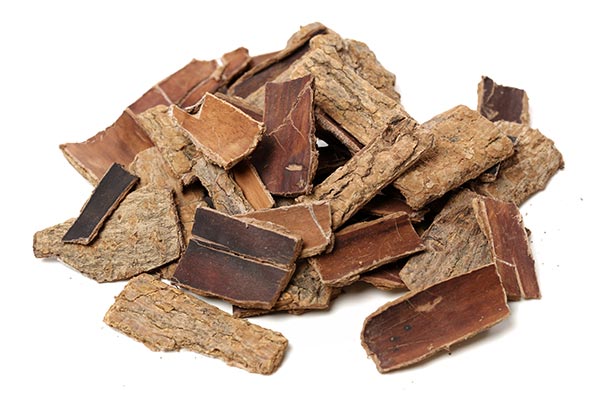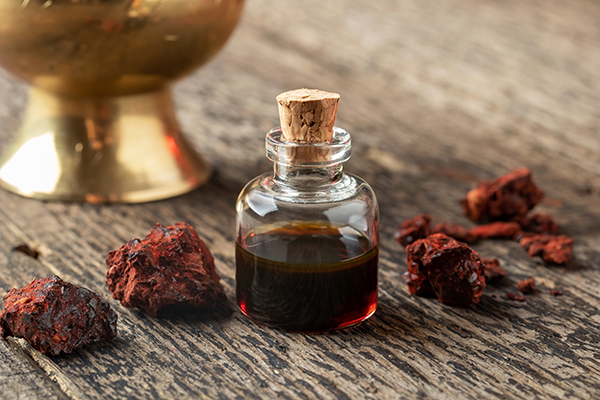Combined extracts from Chinese lacquer tree and hardy rubber tree show promise as NAFLD treatment
10/13/2020 / By Evangelyn Rodriguez

Rhus verniciflua (now Toxicodendron vernicifluum), commonly known as the Chinese lacquer tree, has been used in traditional medicine in East Asia for centuries. In Korea, it is used to relieve abdominal pain caused by stomach disorders and to stop bleeding. Parts of the Chinese lacquer tree are also used in China and Japan as remedies for blood disorders, infectious diseases and hepatic disorders.
Eucommia ulmoides, also known as the hardy rubber or Chinese rubber tree, is another plant with a long history of use in traditional medicine. Widely cultivated in China for its bark, it is used in Traditional Chinese Medicine (TCM) to strengthen the bones and muscles and to treat cardiovascular and cerebrovascular diseases, sexual dysfunction, cancer, metabolic syndrome and neurological diseases.
In a recent study, researchers from South Korea examined the effects of the combined extracts of Chinese lacquer tree and Chinese rubber tree on dyslipidemia or the presence of an abnormal amount of lipids in the blood. They focused specifically on dyslipidemia associated with nonalcoholic fatty liver disease (NAFLD) and looked at whether the two extracts combined could regulate dyslipidemia in the liver.
The researchers reported their findings in an article published in The American Journal of Chinese Medicine.
Extracts from two medicinal trees used in TCM show promise against NAFLD
According to previous studies, both the Chinese lacquer tree and the hardy rubber tree are rich sources of beneficial phytonutrients. The former, for instance, has been found to contain a wide variety of flavonoids and polyphenols, such as fustin, fisetin, quercetin, butein, p-coumaric acid, kaempferol, sulfuretin, catechol and ethyl gallate. Different papers have also reported that the herb exhibits antioxidant, anti-inflammatory, antimicrobial and anti-cancer activities.
Likewise, different active compounds have been isolated from the hardy rubber tree. Its major constituents include lignans, iridoids, phenolic compounds and plant steroids. These phytonutrients are believed to be responsible for the hardy rubber tree’s pharmacological properties, which include antioxidant, anti-inflammatory, anti-allergic, antimicrobial, anticancer, antiaging, cardioprotective and neuroprotective properties.
To investigate the effects of extracts derived from these medicinal trees, the researchers used a rat model of NAFLD with high-fat diet (HFD)-induced lipid dysmetabolism. NAFLD is a chronic liver disease that has certain features of metabolic syndrome and includes oxidative stress. According to studies, oxidative stress — the imbalance between the production of antioxidants and free radicals in the body — is a primary contributor to the liver damage associated with the onset and progression of NAFLD. (Related: Milk thistle reduces your risk of developing NAFLD.)
The researchers found that treatment with the combined extracts reduced blood markers of liver damage, such as alanine aminotransferase (ALT) and aspartate aminotransferase (AST). The extracts lowered ALT, AST and blood triglyceride levels by 1.5 percent each, cholesterol by 2.0 percent and harmful lipid peroxidation by 1.5 percent.
Meanwhile, the antioxidant properties of both extracts also stopped the accumulation of reactive oxygen species (ROS) — oxygen-containing free radicals — in the liver by 1.68 percent. They also helped regulate endoplasmic reticulum (ER)-redox imbalance, which is a key part of ER stress. Severe or prolonged ER stress, which causes unfolded proteins to accumulate in cells, can eventually trigger cell death.
Due to being fed an HFD, the researchers said that nutrient overload stress-related protein folding in rats with NAFLD promoted ER stress and lipid production (lipogenesis), which disturbed the mTORC1-AMPK axis. This axis involves two key pathways in the synthesis of macromolecules like proteins and lipids. These events led to liver steatosis (fatty liver) in the rat model. Treatment with the extracts, however, reversed these events.
Based on these findings, the researchers concluded that the combined extracts of Chinese lacquer tree and Chinese rubber tree can be used for the prevention or treatment of NAFLD.
Sources include:
Tagged Under: alternative medicine, Chinese lacquer tree, Chinese medicine, Chinese rubber tree, disease treatment, dyslipidemia, herbal medicine, Herbs, liver damage, liver health, liver steatosis, NAFLD, natural cures, natural medicine, prevention, remedies, research
RECENT NEWS & ARTICLES
COPYRIGHT © 2017 CHINESE MEDICINE NEWS


